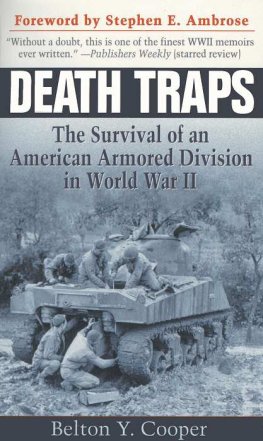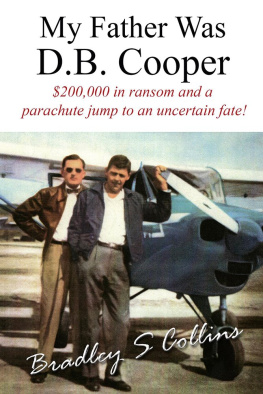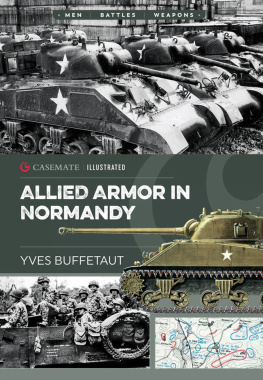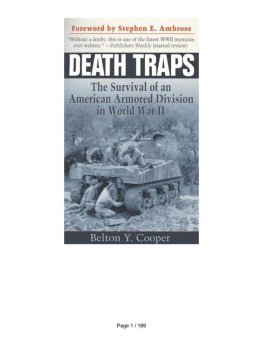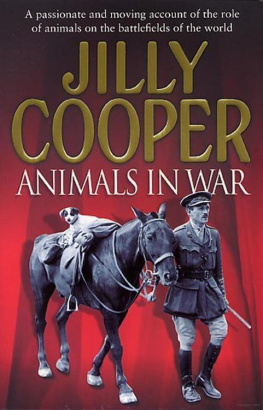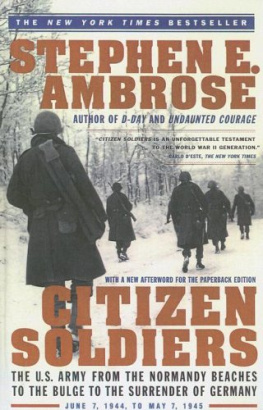Belton Y. Cooper
DEATH TRAPS
The Survival of an American Armored Division in World War II
Foreword by Stephen E. Ambrose
To the brave men of the 3d Armored Division who gave their lives so that those of us remaining, by the Grace of Almighty God, could become survivors.
Belton Coopers memoir of his World War II service with the 3d Armored Division in Europe is a gem. As a member of the 3d Armored Division Maintenance Battalion, he had liaison duties that took him far and wide, so he saw more of the war than most junior officers, and he writes about it better than most anyone. He takes us into the hedgerows of Normandy, through the Falaise pocket to the Siegfried Line, then to the Battle of the Bulge, over the Rhine, and across Germany.
His stories are vivid, enlightening, full of lifeand of pain, sorrow, horror, and triumph. I first read Coopers memoir in manuscript and quoted from it extensively in my own Citizen Soldiers. That is the highest compliment I can pay to a memoir.
Stephen E. Ambrose
Although there have been a number of great books written on the American Armys campaign in Western Europe during World War II, most military historians have failed completely to understand the enormous impact on American armored troops of having to fight superior German tanks. The campaign in Western Europe was essentially a war of movement, of armored conflict developed to the highest state of the art. Our major weapon for this armored warfare was the M4 Sherman main battle tank. In all the key capabilities of a main battle tankfirepower, armor and mobilitythe M4 Sherman was decidedly inferior to the superior German tanks it encountered in battle. This major disadvantage not only resulted in tremendous pain and suffering and losses in personnel and armor, but also delayed the successful conclusion of the War in Europe.
Herein lies the primary focus of this book. My function was to travel with the Combat Command during the day, and assist in coordinating the recovering, evacuation and maintenance of damaged combat equipment.
When the Combat Command stopped at night, it would prepare a 360 perimeter defense. Why 360?
Because during the attack, a breakthrough would put them behind enemy lines with little or no infantry support. It was my responsibility to prepare a Combat Loss Report showing all the tank and other vehicle losses during the day. I then took this report back through the bypassed German units, and delivered it to the Ordnance Battalion, thirty to sixty miles to the rear. The next morning I would return to the Combat Command with tanks and other replacement equipment lost forty-eight hours prior to this date. Thus, we had new replacement vehicles within a forty-eight hour period after taking severe losses.
To me, one of the greatest tragedies of World War II was that our armored troops had to fight the Germans with a grossly inferior tank compared to the heavy German panzer units. Before we went into Normandy, we had been led to believe that the M4 Sherman main battle tank was a good tank, thoroughly capable of dealing with German armor on an equal basis. We soon learned that the opposite was true. The 3d Armored Division entered combat in Normandy with 232 M4 Sherman tanks. During the European Campaign, the Division had some 648 Sherman tanks completely destroyed in combat and we had another 700 knocked out, repaired and put back into operation. This was a loss rate of 580 percent.
In addition to this staggering battle loss rate of 580 percent in our main battle tanks, we also experienced extremely heavy wear and tear due to the everyday operation of the equipment. From where we landed on Normandy Beach, across France, around Paris, through Belgium, through the Siegfried Line, back and forth during the Battle of the Bulge, across the Rhine Plain, around the Ruhr (Rose) Pocket, and deep into Germany was approximately 1,460 miles. I believe the only way for a unit to survive these staggering losses and extreme wear and tear was because of the superior maintenance and supply system which we had available operating in the field at that time. In a reinforced heavy armored division, like the 3d Armored Division, out of some 17,000 troops, we had an ordnance maintenance battalion of over 1,000 men. In addition to this, if you consider the total number of maintenance soldiers in the maintenance companies of the two armored regiments and the armored infantry regiment, plus the maintenance units in the three armored field artillery battalions, the tank destroyer battalion, the antiaircraft battalion, the combat engineer battalion, the signal troops and all the other remaining maintenance personnel in the division, this gives an additional 1,000 maintenance soldiers. The reinforced heavy armored division had some 4,200 vehicles both combat and wheel vehicle types. Each vehicle had a driver and an assistant driver who did first echelon maintenance such as checking tires, tracks, spark plugs, belts and putting in gas and oil and other lubrication. Thus out of 17,000 men approximately 10,400 were involved either directly or indirectly in maintenance. This amounts to some 61 percent of the entire division personnel. It was only through the superhuman effort of these maintenance people plus an extremely efficient ordnance supply system that enabled the division to survive under such extremely adverse conditions.
When the 3d Armored Division was organized in the spring of 1941, the initial cadre came primarily from the southeastern states, such as Alabama, Tennessee, Georgia, Mississippi, Florida, Louisiana and Texas. A high percentage of these men came from rural backgrounds and had some experience with farm machinery, such as tractors and cultivators. The second large cadre of personnel came from the midwestern states of Illinois, Indiana, Michigan, Ohio and Pennsylvania. A number of these men came from industrial backgrounds and had experience with industrial machinery in manufacturing. The maintenance battalion picked the best mechanics, machinists, and welders from these two groups. These men were given additional training by experienced ordnance noncommissioned officers, some of whom had seen service in World War I. In addition to this, many of the best qualified men were sent to the tank maintenance school at Fort Knox or the ordnance armor school at Aberdeen Proving Ground. Practically all our ordnance mechanics had had some three years experience in maintenance work, prior to getting into combat.
Once in combat, it was virtually impossible to get replacement tank maintenance mechanics, and equally difficult, if not more so, to get trained replacement tank crews. As a result, it was necessary for the ordnance maintenance battalion to develop a twofold function. We not only did the maintenance, repair, and replacement of the shot up tanks, but we actually became involved in the training of new tank crews. After severe tank losses and comparable losses in the crews, the armored regiments ran out of good tank crews. It was necessary for the ordnance to take raw infantry recruits who had just come off the boat from the United States and train them to be tank crews. In some cases the training time amounted to only several hours or maybe a day at the most. These inexperienced crews in turn suffered more severe losses due to their lack of training. This is one of the great tragedies of World War II, and most historians have completely failed to understand this point. Had it not been for the ordnance maintenance crews and the maintenance crews of the armored regiments, the division could not have survived, and been maintained as a viable combat unit until the end of the war. Herein lies the secondary focus of this book.
In order to carry out this job effectively, it was necessary for the maintenance companies to operate in extremely far forward positions with the combat commands. These maintenance companies were responsible for their own security because of the fact that often they would have to drop off crews and set up VCPs (vehicle collection points) after the combat command had moved on. Each maintenance company had three 57mm antitank guns for its own protection. These antitank guns were manned by maintenance personnel who had been trained by the main antitank section back in the headquarters company. These forward maintenance elements not only took care of our combat command, but often did maintenance for the various infantry divisions attached to the corps. These infantry units had no forward maintenance, and would have been completely helpless without the vehicles and weapons maintained by the forward maintenance units in the combat command.

